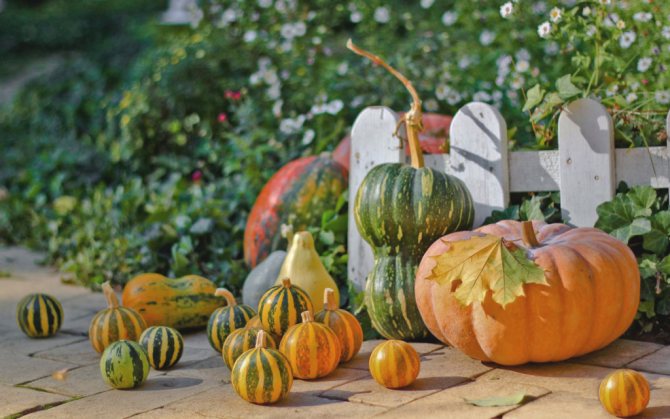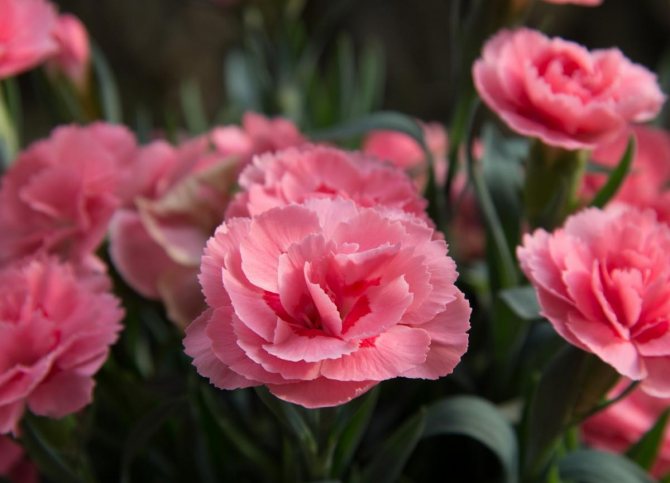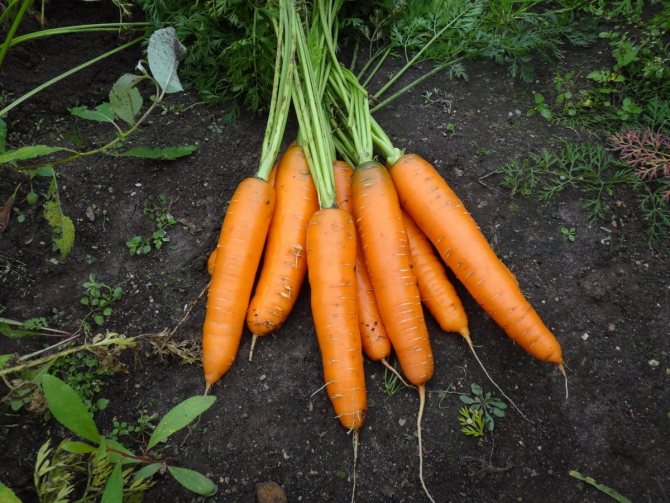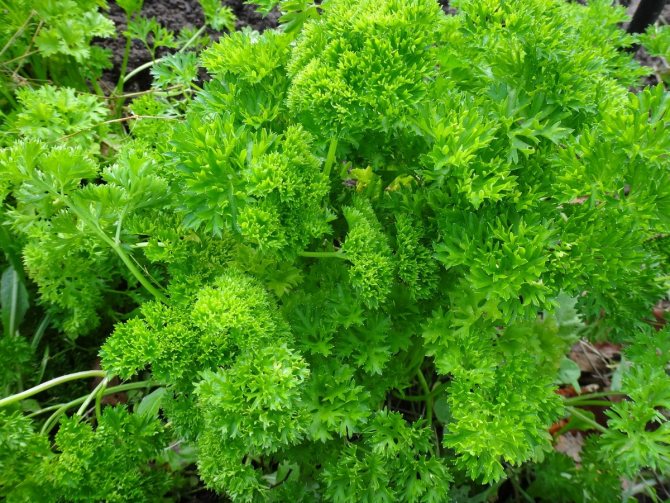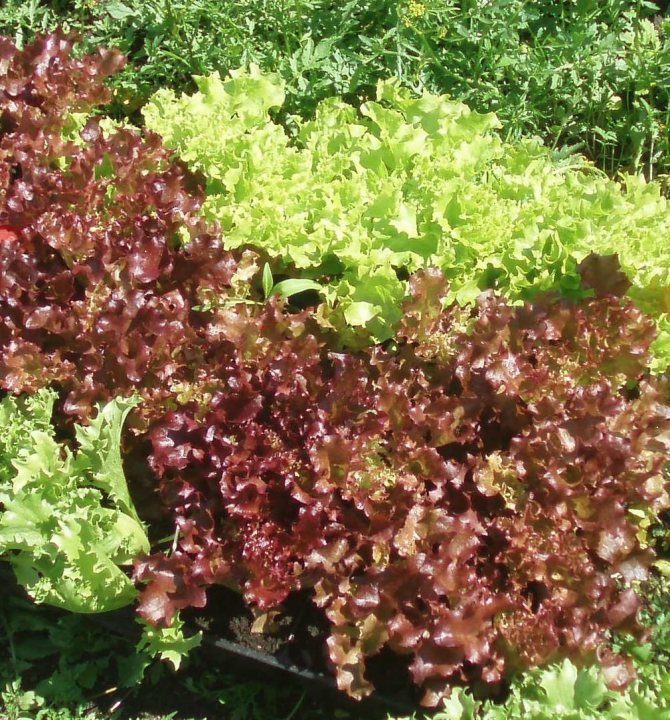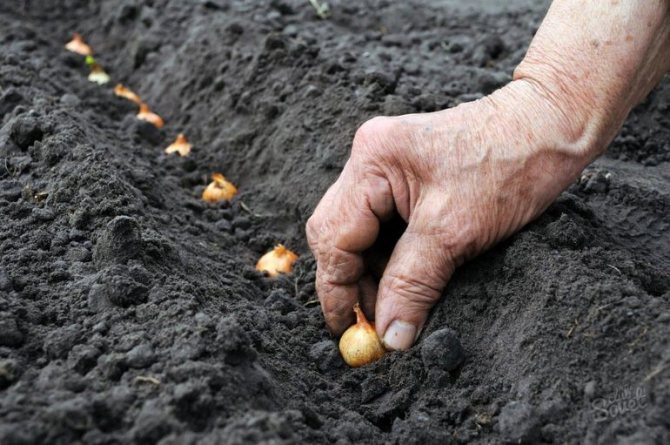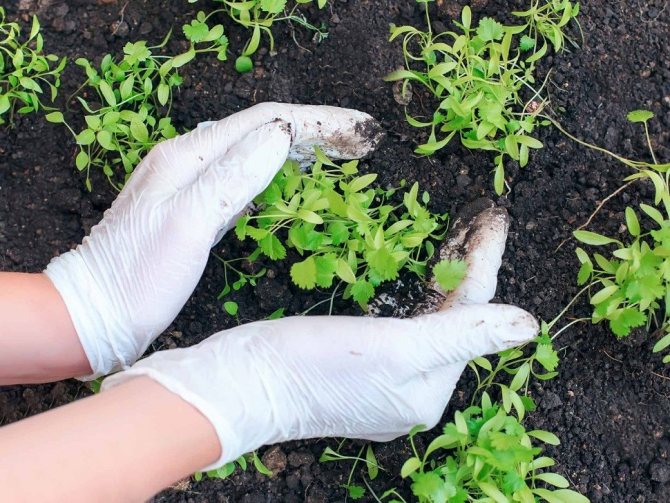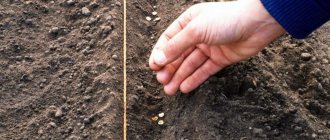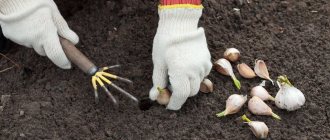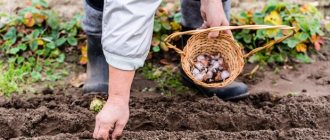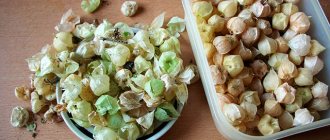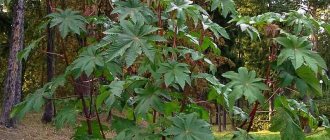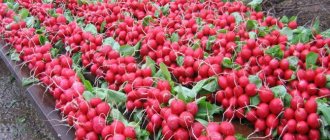Someone, like Alexander Pushkin, seems to be quite boring at times, but gardeners, gardeners and summer residents do not have to grieve. Despite the slush and the approaching cold on the site, there is still a lot of work, and it must be done as soon as possible.
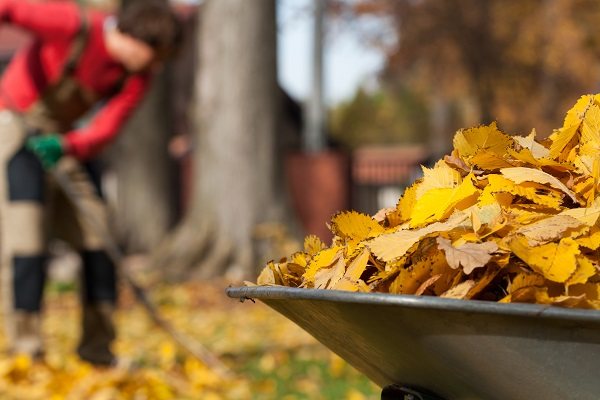
Let's talk about what work should be scheduled for November in the garden and in the garden. Let's talk about some of the nuances of agricultural technology that can increase yields in the coming season.
Apply autumn fertilizers
If the cold has not yet shackled the ground, apply autumn fertilizers to the trunks of bushes and trees. The mixture should not contain nitrogen, but copper, manganese, potassium, boron and other trace elements, which we rarely indulge in plantings, will do just fine.
Ideally, 30-50 kg of humus, 300 g of superphosphate, 200 g of potassium sulfate should be added for each adult seed tree. Stone fruits need a slightly less nutritious mixture. For one plant, 2 buckets of solution prepared at the rate of 3 tbsp will be enough. superphosphate and 2 tbsp. potassium sulfate per 10 liters of water. You can also buy special nutritional complexes with microelements marked "Autumn" on the packaging and use them according to the instructions.
Fertilizers are embedded in a near-trunk circle along the contour of the crown during the autumn digging of the soil to a depth of 30 cm, and after that the tree is watered abundantly.
Whitewash and tie the trees in the garden
Choose a dry day and whitewash the trees before frost. Before that, clean off the moss and lichens from the bark, walk with a stiff brush over the flaky areas, spray the trunks and skeletal branches with a 3% solution of copper sulfate. For whitewashing, choose a thick mixture that will not wash away with the first autumn rain.
On young thin trees, tie the branches with twine so that they do not break under the load of adhered snow.
If you have mice or hares frolic on your site in winter, wrap tree trunks with spruce branches, old nylon tights or fence with a fine-mesh metal mesh.
HIGH RANGE
During the season, weeds, branches and other material suitable for a high ridge accumulate.
We fence off the plot of land with bricks. We line the bottom with newspapers. We spread the diluted organic fertilizers. We spread 10-15 cm of sawdust, foliage and chopped straw. Add wood ash and ammonium nitrate 35 grams per square meter. We cover from above with high-quality fertile soil.
Such a high ridge should be located in an unshaded area so that in the spring you have an area with very fertile soil for the first plantings.
In other articles on our website, you will find many more useful things, and you can also go to our catalog to look after new plants for your garden plot.
Hydrate your garden
If autumn in your region is dry and lingering showers that have soaked the ground to a depth of more than half a meter, do not forget about water-charging irrigation. It should be carried out no later than mid-November and only if there is no frost in the forecast for the coming days.
For high-quality and deep irrigation, it is advisable to drill holes up to 100 cm deep along the perimeter of the crown. Pour water gradually, preventing it from spilling into the lake throughout the site.
Be guided by the fact that a tree at different ages needs a different volume of water for a good winter:
- at 3-5 years old - 50-80 liters;
- at 7-10 years old - 120-150 liters;
- more than 10 liters - 150-200 liters.
Testimonials
Sergey, Moscow region
“Last fall I planted 2 columnar apple trees purchased from a nearby nursery. Unfortunately, only one got accustomed, but I realized my mistake. I planted one in a sunny, high place, and the second - by the fence in the lowland and in the shade. It was she who died. There was no good place for her, I put her in a bad one. Next fall I will cut down the old gooseberry and plant a new apple tree there. "
Veronica, Novgorod
“I plant garlic every year in autumn and I always have a harvest, and last year I decided to plant onions and carrots before winter. I dug up a garden bed in September, made grooves, as taught. I dug up good earth and carried it to the heat. I planted it when the frosts were about minus 3-5 degrees. I put small onions in one furrow, and densely poured carrot seeds into the next. From above, everything was covered with earth that had been stored since September and old rotted sawdust. I have a bed in a sunny place and in the spring, at first, an onion appeared, when everyone just started digging the beds, carrots much later. And I began to feast on it at the end of June. "
Sowing seeds before winter and planting fruit trees and shrubs has more advantages than disadvantages, and if all conditions are met (with an eye to the weather), you can feast on greens from your garden in April.
Prepare seedling soil
Before the onset of cold weather in dry weather, prepare a universal soil mixture for growing seedlings. It is done simply - you need to mix turf, humus and sand in a 1: 2: 1 ratio. Add 3 tablespoons to each bucket of the mixture. wood ash.
Place the soil mixture in bags and store in a dry place from where you can collect it as needed. If soil diseases raged on your site, before adding ash, calcine the soil in the oven or spill it with a fungicide solution (an option is a bright pink solution of potassium permanganate), and then dry it.
When to buy planting material
When is the best time to buy flower seeds
In winter, the choice of seeds in flower shops is much wider than at any other time. You can also purchase seeds through a specialized online store, having previously found out how many years it has existed and inquired about its reputation. Give preference to the store with more experience and experience in the market.
Do not buy seeds from those traders for whom they are only an accompanying product - in such a place you will not receive the information you need, or a reliable guarantee. But the main thing is not where and when you buy a bag of seeds, but what is the shelf life of these seeds and the availability of recommendations for growing flowers on the bag.
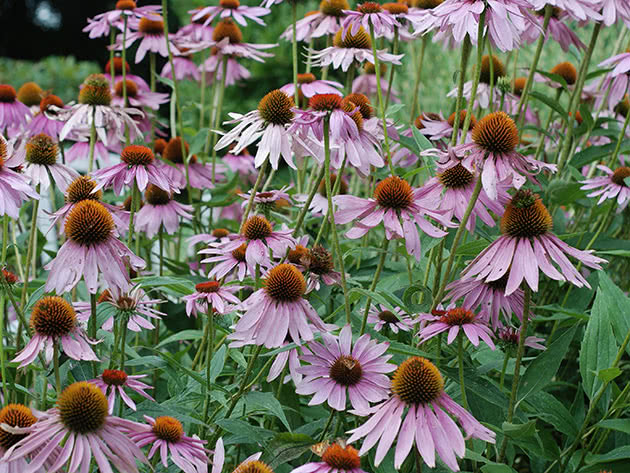

When to buy flower bulbs and seedlings
It is best to purchase planting material just before planting it, but this is not always possible. Summer bulbs and tubers are usually sold at the end of winter, so consider where and how you will store them before planting. It is best to place them in peat or sand and keep them at or below 7 ºC in a basement or refrigerator. Better yet, plant the bulbs in a container in order to transfer them to the open ground when planting time comes.
Never buy bulbs of spring-flowering crops in the spring - daffodils, hyacinths, crocuses and tulips, as there is a high probability that they have been stored in the warehouse since autumn, which means that their shelf life has already expired, although by the appearance of the bulbs this may not define.
Rose seedlings usually go on sale in February and should be stored in a cellar or refrigerator at freezing temperatures until planting. On occasion, the purchased rhizome perennials are best placed for storage in the refrigerator.It is preferable to buy peony planting material in late summer - early autumn, but it usually goes on sale in late winter or spring. Before buying such material, carefully examine it for the presence of mold or rot on the roots, since it could have been stored incorrectly before sale, and if you nevertheless decided to buy peony seedlings, then pickle their roots for half an hour in a fungicide solution or in a very strong one, an almost black solution of potassium permanganate. Then store the seedlings at about 0 ºC.
As you understand, it is far from always possible to acquire the necessary seeds or seedlings immediately before planting, so it is very important to know how to properly store the planting material.
In order for your garden to bloom and savor from early spring to late autumn, preparations for the beginning of the growing season must be started already in winter. Many flowers propagate by seeds, and in order for them to grow stronger and bloom faster, you need to start growing them before spring, using the seedling method of seed propagation for this. It is not at all difficult to do this, however, you will need special knowledge, which we are ready to share with you.
Clean and tidy garden tools
Do not throw shovels, pitchforks, rakes, and even more so garden equipment in the middle of the site. Even if no one encroaches on the inventory in the deserted suburban village, such a wintering will definitely not do him good - the handles will dry out, the plastic parts will crack, and the iron will rust.
Carefully clean the tool from the ground, drain the fuel from the equipment, wipe all elements with a dry cloth and put them in a dry place until spring.
In late autumn, garden centers offer many discounts and sales, where you can profitably purchase off-season goods, including seeds and tools.
Cover flowers and conifers wintering in the ground
After the autumn rains have passed and small but stable cold weather has been established, cover the flowers, conifers and heat-loving shrubs. Remember that the likelihood of damping out in such plants is much greater than freezing, so do not rush to cover.
For shelter, you can use the branches with leaves left after the autumn pruning, spruce branches, frame structures, agrofibre, straw, etc. Remember that the shelter will need to be periodically checked and ventilated - its frame should not press the plant to the ground.
And since a real summer resident knows that the season never ends, we are sure that in winter you will find something to do on your favorite site.
November is a dull pre-winter time, fewer and fewer sunny days fall this month, the thermometer is dropping lower and lower. Outside the window, rains, slush, cold winds and the first snow, which covered the ground with a white tablecloth. It seems that the time of long-awaited rest has come for gardeners at this time, but the garden requires care even in November.
This article is all about the November work in the garden and in the garden.
In the garden and in the garden: all work in November
There is such a popular sign - if the weather is rainy on November 4, then frosts and snowfalls will soon begin, which means that careless gardeners who have not covered fruit plants may lose valuable trees and shrubs.
The main task in the garden and in the garden in the last month of autumn is garbage collection, composting, pre-winter sowing and shelter of plants for the winter.
Garbage collection
Vegetable tops, weeds pulled from the beds, cut branches of shrubs and trees, fallen leaves and other debris must be collected from the site and burned. The fewer trash heaps left on the site, the more confidence in a significant reduction in the number of pests on the site.
The second way to dispose of garden waste is to create a compost heap. The best period for its formation is the autumn time, this time is rich in plant residues.The box is installed in a place protected from sun and wind. For a competent compost heap device, you must perform the following steps:
- Dig a recess in the ground equal to the dimensions of the box. Place a plastic wrap at the bottom of the recess.
- Arrange a box of square or rectangular section made of boards. The height of the box should be no more than 1 meter, width - up to 1.5 m; length - any.
- When filling the box with plant residues, it is worth remembering that the ratio of green (leaves, young branches, fruits) and brown (tree trunks, shrub branches) should correspond to 1: 5. These proportions contribute to the rapid maturation of the compost.
- It is not recommended to put scraps of plastic film, synthetic fabric and ropes, cabbage stems and leaves, as well as plant residues infected with pests and pathogenic fungi in the compost pit.
A balanced compost heap has a pleasant tart earthy smell, and emits damp heat and steam. In order for the mature compost to have a loose structure, the compost heap must be looked after:
Name of works
Timing, duration
Stir the compost heap, stirring the layers well
At least once a month
If mixing is impossible, pierce the layers with a pitchfork to improve aeration.
Several times a month
Moisten the compost pile regularly while maintaining optimal moisture
As needed
Add slurry to speed up the maturation of the compost
PROTECTION AGAINST RODENTS IN WINTER
Cleaning of the site is the first priority. This point is often neglected, but experienced gardeners know that this will not only help to put the site in order in the spring, but also protect it from rodents.
We cover the strawberries with a juniper, which also saves from the winter cold, but at the same time scares away pests.
Also, after the end of the leaf fall, carefully inspect your garden for pest nests and get rid of them. Nests of silkworms, gold-tails and other insects dangerous for the garden are not difficult to find.
As the second point, we put tying the trunks with roofing felt or dense polyethylene. For starters, newspapers can serve as the first layer so that the strapping comes out more dense and retains heat. Please note that the edges of the harness should go into the ground, leaving no open gaps for rodents. If you add spruce needles or branches when tying, this will scare away pests even better.
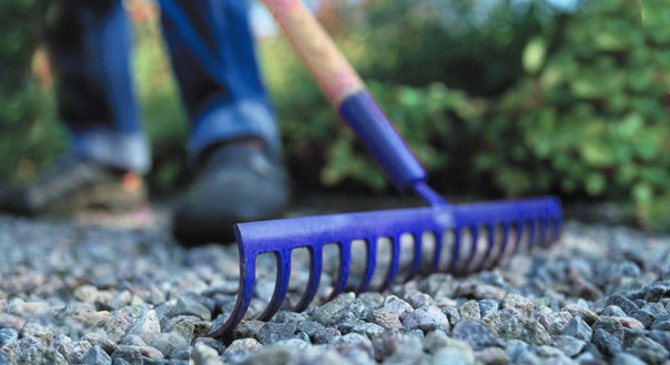

What to sow in November
It seems that November is not at all the right month for sowing vegetables and flowers, but it is not. Many cold-resistant crops will thrive in spring after winter sowing.
At this time, you can sow seeds of medicinal herbs: St. John's wort, oregano, rooting peony (the best shoots give seeds 2-3 years ago), leuzea, succession, valerian, mountaineer.
On flower beds, you can plant seeds of cornflower, phlox, lupins, annual chrysanthemums, catchment and other ornamental plants.
Of the vegetable crops for winter sowing, carrots, beets, root parsley, onions and garlic are suitable.
Wheat and rye sown in winter give good shoots. These green manures are plowed into the ground in spring to further enrich the soil.
There is another type of plant that must be planted in November - bulbous flowers that are rooted for distillation. Usually, forcing takes 3-3.5 months, depending on the type of flowers, and if you want to get a blooming bouquet by March 8, plant the bulbs in the second half of November.
What flowers are planted in autumn
Autumn planting has undeniable advantages:
- firstly, flowers planted or sown in autumn will bloom in the first year of the growing season;
- secondly, it will free you from the hassle of growing seedlings in the winter and save the time that you had to spend on planting them in open ground in the spring;
- during autumn and winter, the seeds in the ground undergo natural stratification, so the seedlings that appear in the spring will be strong, they will be able to tolerate spring frosts well and bloom two to three weeks earlier than those that you sow in spring;
- flowers planted in autumn are less exposed to diseases and pests throughout their life;
- in the spring, when the snow melts, the seeds of the autumn planting in the soil absorb the maximum amount of moisture, which helps them to develop quickly. Flowers sown in spring may experience a lack of moisture due to the fact that when the air temperature rises, its evaporation from the topsoil increases.
As you can see, there is enough reason to start planting and sowing flowers in the fall.
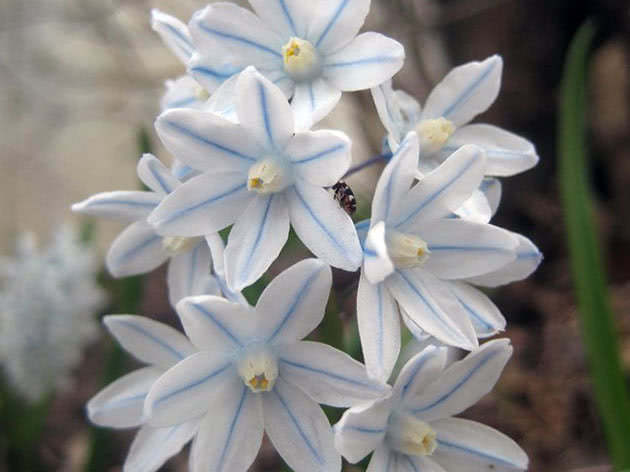

What flowers are planted in the fall? In autumn, they planted, as well as divide and plant such bulbous plants - Pushkinia, Muscari, Scylla, crocuses, Chionodox, daffodils, hyacinths, tulips and lilies. With autumn approaching, it is time to divide and transplant astilbe bushes, peonies and host. Will grow well if planted in the fall, clematis, adonis, aconite, as well as large-leaved brunner, paniculata phlox, rudbeckia, bells, sedum, lupine, evening primrose, autumn helenium, echinacea.

